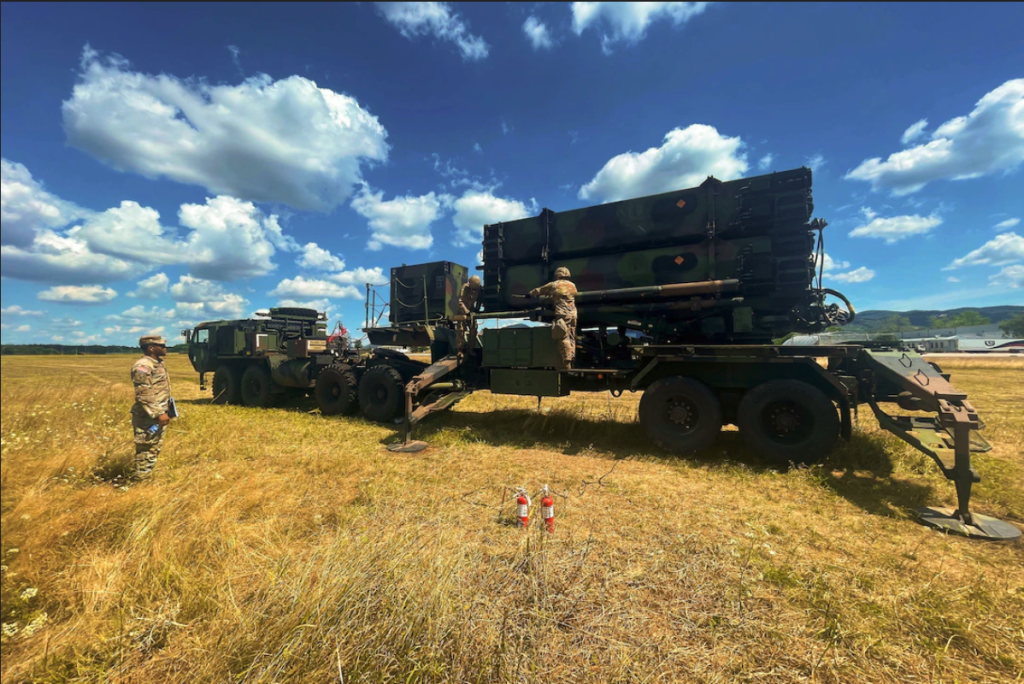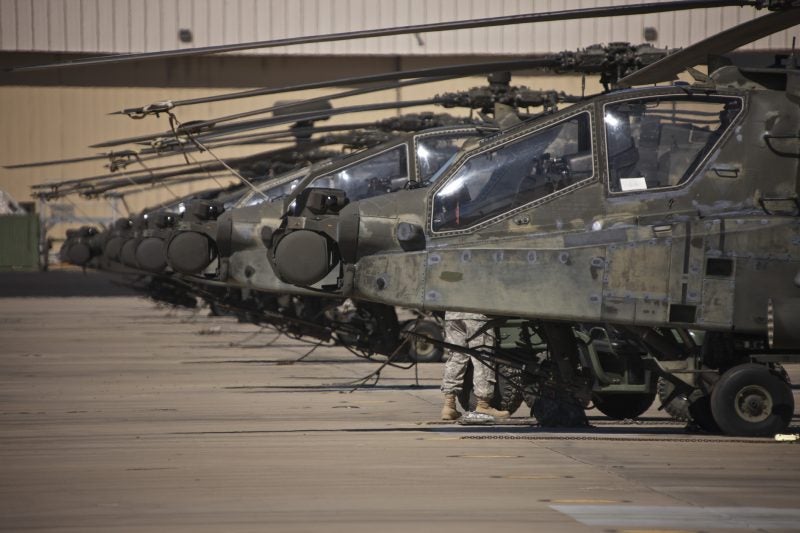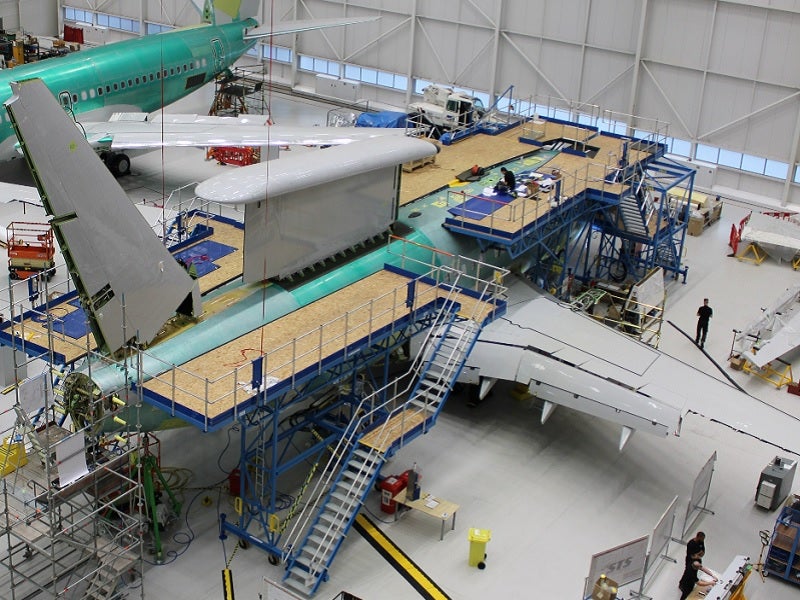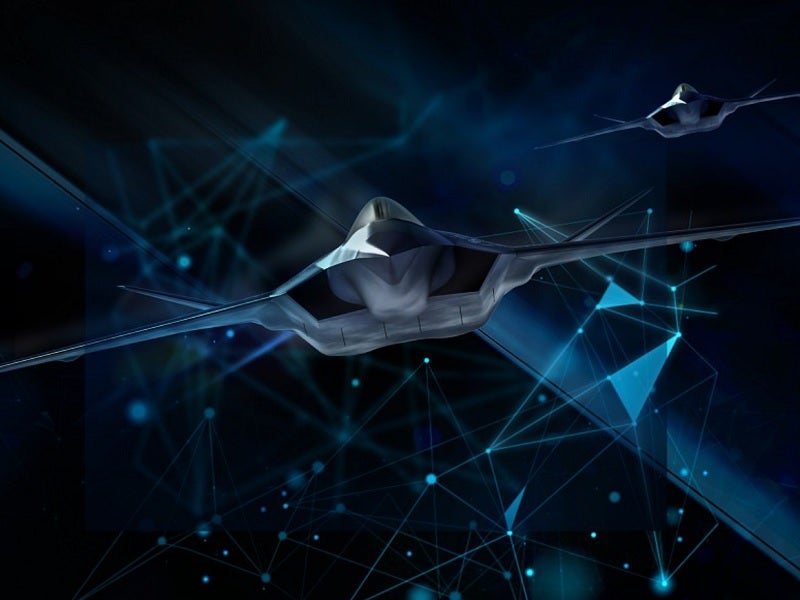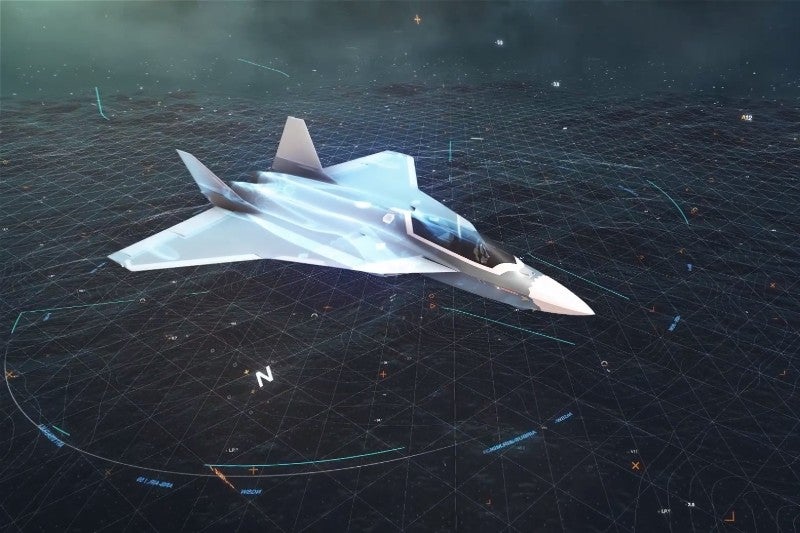
Defence companies around the world are already looking to a sixth-generation of future fighter aircraft, despite only a handful of fifth-generation aircraft being in service, namely Lockheed Martin’s F-35 Lightning II and F-22 Raptor and Chinese firm Chengdu’s J-20 fighter jet.
France/Germany/Spain’s New Generation Fighter
Airforce-technology.com/wp-content/uploads/sites/4/2019/05/Airbus-SCAF-2.jpg” alt=”” width=”800″ height=”533″ />
The New Generation Fighter (NGF) is a proposed sixth-generation jet fighter currently being developed by France’s Airbus Defence and Space and Germany’s Dassault Aviation.
The NGF project is expected to replace existing European jet fighters such as Dassault’s Rafale, the Eurofighter Typhoon, and Spain’s F/A-18 Hornet.
The new aircraft will comprise brand new technology including a new Next European Fighter Engine, which is currently being developed by MTU Aero Engines and Safran. It will also be part of the Next-Generation Weapon System, working with unmanned ‘wingmen’ in the form of autonomous drones.
An NGF model was showcased in Paris at Euronaval 2018 last October. The model was of a delta wing-style aircraft with no vertical surfaces, which does not reflect radar laterally and significantly reduces its side aspect radar cross section.
The completed aircraft is scheduled to take its first test flight by 2025, and could enter service by 2040. However, there are still some hurdles for the manufacturers to overcome, not least in terms of their ability to incorporate a multitude of technologies and reaching political compromise between the participating countries.
Japan’s F-3

Japan’s Mitsubishi F-3 is a sixth-generation future fighter aircraft concept derived from the Mitsubishi X-2 Shinshin experimental aircraft for demonstrating advanced fighter technology.
Not much has been confirmed in terms of the F-3s technology, except that it will be powered by high-thrust XF9-1 jet engines developed by Ishikawajima Heavy Industries. The XF9-1 is of similar design to the US’s F119 jet engine used on the F-22 Raptor. Japanese television footage also revealed Active Electronically Scanned Array (AESA) radars for used on the F-3 programme.
“Our F-2 fighters are expected to retire from the late 2030s,” a Japanese Ministry of Defence (MoD) spokesperson told Jane’s in February 2019.
“In order to acquire new fighters that are capable of playing a central role in a future networked force…the MoD will promote necessary research and launch, at an early timing, a Japan-led project with the possibility of international collaboration in sight.”
Russia’s MiG-41

The Mikoyan MiG-41, also referred to as PAK DP, is a Russian interceptor future fighter aircraft concept that would be considered a fifth++ or sixth-generation aircraft upon completion, according to Moscow’s Higher School of Economics defence analyst Vasily Kashin.
Kashin told the National Interest: ““I think that it is something like a fifth++ or sixth gen project. So, we probably should consider it as having the same status as the American, Chinese and European sixth gen projects—something futuristic, which, at best will be deployed by 2035-40.”
The MiG-41 is expected to replace the aging MiG-31, and will reach speeds of at least four times the speed of sound (Mach 4), according to Russia Today, which reported that the MiG-41 could even be used in outer space, though how remains unclear.
In the news article, aviation expert Fabrizio Poli said: “It will have certain elements of artificial intelligence built into the jet, because, obviously, flying at those speeds, the human brain is not capable of thinking that fast. There are a lot of new technologies going to be put into this aircraft, for sure.”
Other speculators say that the plane could come with laser weapons, which will be a common feature of sixth-generation fighter jets, according to Tass News.
US Navy’s F/A-XX and USAF’s F-X

In the US, two branches of the military are looking to develop sixth-generation future fighter aircraft simultaneously.
The US Navy’s F/A-XX programme, dubbed Next Generation Air Dominance, is looking at creating a new fighter jet to replace the older Boeing F/A-18E/F Super Hornet models, with an in-service date originally planned for 2030. However, according to Popular Mechanics, this date is now unlikely due to the very little information that has been released regarding the F/A-XX thus far.
The Navy has opted for an open architecture design so that the aircraft can be reconfigured for different mission requirements. Moreover, it could be manned, unmanned or both, and should be able to mitigate land, air and sea threats equally, unlike the US Air Force’s (USAF) F-X programme that will prioritise air-to-air superiority.
The USAF’s F-X programme, referred to as Penetrating Counter Air, is another US-based sixth-generation aircraft designed to meet threats the current F-22 and F-15 Eagle cannot.
The F-X programme will not only include the new jet fighter, but also a variety of new capabilities to achieve air superiority. Improvements for the programme will be made in the areas of “basing and logistics, communications, intelligence, surveillance and reconnaissance, command and control” as well as incorporating existing and future electronic warfare and weapons platforms, according to the National Interest.
UK’s Tempest

The final future fighter aircraft on this list is the UK’s Tempest project in development with a consortium led by BAE Systems. It was designed to replace the Royal Air Force’s (Raf’s) Eurofighter Typhoon from 2035 onwards.
RAF Air Staff chief Sir Stephen Hillier said: “Team Tempest demonstrates our commitment in ensuring that we continue to build our capabilities, draw upon our experience and history to bring forward a compelling vision for the next generation fighter jet. In the last 100 years, the RAF has led the way and today’s announcement is a clear demonstration of what lies ahead.”
Tempest will be able to fly unmanned and new technology will allow the jet fighter to control swarms of drones to help with mission assistance. The Tempest will incorporate artificial intelligence and could be fitted with laser weapons systems, similar to the MiG-41 jet fighter concept.
Under the Cooperative Engagement Capability, the Tempest will be able to share information recorded by its sensors with other aircraft or ground support to better coordinate attacks. It will be powered by an adaptive cycle engine and the pilot’s helmet-mounted display will create a virtual cockpit using augmented reality technology.

